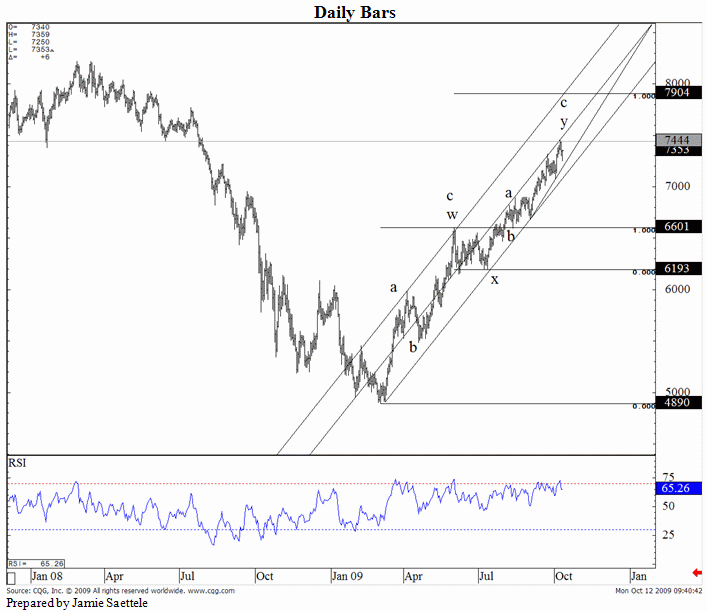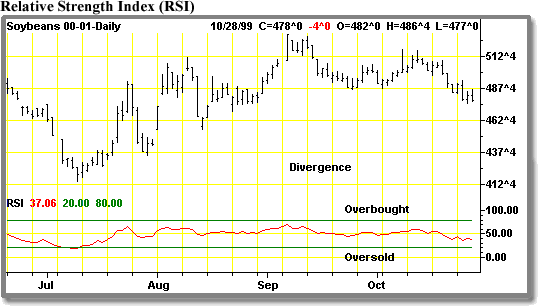Inside Futures Futures Options and Forex trading courses available online
Post on: 23 Апрель, 2015 No Comment

Course Index
The candlestick techniques we use today originated in the style of technical charting used by the Japanese for over 100 years before the West developed the bar and point-and-figure analysis systems. In the 1700s a Japanese man named Homma, a trader in the futures market, discovered that, although there was a link between price and the supply and demand of rice, the markets were strongly influenced by the emotions of the traders. He understood that when emotions played into the equation a vast difference between the value and the price of rice occurred. This difference between the value and the price is as applicable to stocks today as it was to rice in Japan centuries ago. The principles established by Homma are the basis for the candlestick chart analysis, which is used to measure market emotions towards a stock.
This charting technique has become very popular among traders. One reason is that the charts reflect only short-term outlooks—sometimes lasting less than eight to 10 trading sessions. Candlestick charting is a very complex and sometimes difficult system to understand, but in this four-part series, we take go inside the more common ways to construct and read candlestick patterns.
Candlestick Components
When first looking at a candlestick chart, the student of the more common bar charts may be confused; however, just like a bar chart, the daily candlestick line contains the market’s open, high, low and close of a specific day. Now this is where the system takes on a whole new look: the candlestick has a wide part, which is called the real body. This real body represents the range between the open and close of that day’s trading. When the real body is filled in or black, it means the close was lower than the open. If the real body is empty, it means the opposite: the close was higher than the open.
Just above and below the real body are the shadows. Chartists have always thought of these as the wicks of the candle, and it is the shadows that show the high and low prices of that day’s trading. If the upper shadow on the filled-in body is short, it indicates that the open that day was closer to the high of the day. And a short upper shadow on a white or unfilled body dictates that the close was near the high. The relationship between the day’s open, high, low, and close determine the look of the daily candlestick. Real bodies can be either long or short and either black or white. Shadows can also be either long or short.

Comparing Candlestick to Bar Charts
A big difference between the bar charts common in North America and the Japanese candlestick line is the relationship between opening and closing prices. We place more emphasis on the progression of today’s closing price from yesterday’s close. In Japan, chartists are more interested in the relationship between the closing price and the opening price of the same trading day.
In the two charts below I am showing the exact same daily charts of IBM to illustrate the difference between the bar chart and the candlestick chart. In both charts you can see the overall trend of the stock price; however, you can see how much easier looking at the change in body color of the candlestick chart is for interpreting the day-to-day sentiment.














